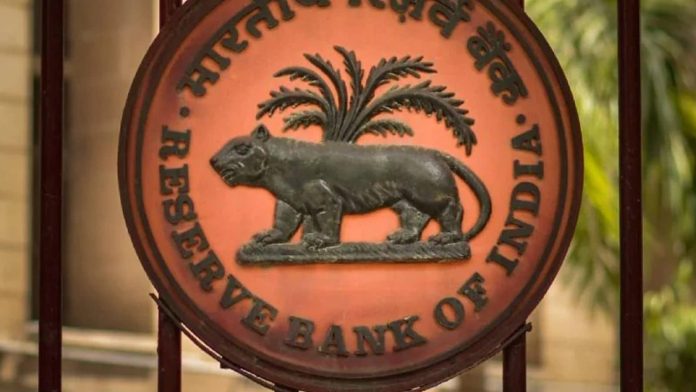[ad_1]
Edited By: Mohammad Haris
Last Updated: January 02, 2023, 18:45 IST

The Reserve Bank of India (RBI) had announced SBI and ICICI Bank as D-SIBs in 2015 and 2016.
Additional Common Equity Tier 1 requirement for D-SIBs was phased-in from April 1, 2016 and became fully effective from April 1, 2019
The Reserve Bank of India (RBI) on Monday said private sector lenders ICICI Bank and HDFC Bank, and state-owned State Bank of India (SBI) continue to be domestic systemically important Banks (D-SIBs). SIBs are institutions that are ‘too big to fail’.
This perception of TBTF creates an expectation of government support for these lenders in times of distress. Due to this, these banks enjoy certain advantages in the funding markets.
“SBI, ICICI Bank and HDFC Bank continue to be identified as domestic systemically important banks (D-SIBs), under the same bucketing structure as in the 2021 list of D-SIBs,” the RBI said in a statement.
The additional Common Equity Tier 1 (CET1) requirement for D-SIBs was phased-in from April 1, 2016 and became fully effective from April 1, 2019. The additional CET1 requirement will be in addition to the capital conservation buffer.
“In case a foreign bank having branch presence in India is a Global Systemically Important Bank (G-SIB), it has to maintain additional CET1 capital surcharge in India as applicable to it as a G-SIB, proportionate to its Risk Weighted Assets (RWAs) in India, i.e., additional CET1 buffer prescribed by the home regulator (amount) multiplied by India RWA as per consolidated global Group books divided by total consolidated global Group RWA,” the RBI said.
The Reserve Bank of India (RBI) had announced SBI and ICICI Bank as D-SIBs in 2015 and 2016. Based on data collected from banks as on March 31, 2017, HDFC Bank was also classified as a D-SIB.
The current update is based on data collected from banks as on March 31, 2022.
The framework for dealing with D-SIBs was issued in July 2014. The framework requires the RBI to disclose the names of banks designated as D-SIBs starting from 2015 and place these lenders in appropriate buckets depending upon their Systemic Importance Scores (SISs).
Based on the bucket in which a D-SIB is placed, an additional common equity requirement has to be applied to it.
The Additional Common Equity Tier 1 requirement as a percentage of Risk Weighted Assets (RWAs) in case of SBI is 0.6 per cent, and 0.2 per cent for ICICI Bank and HDFC Bank.
Read all the Latest India News here
[ad_2]
Source link




